INTO THE UNKNOWN: WHY GLOBAL, EXPERIENTIAL EDUCATION IS NOW MORE IMPORTANT THAN EVER
Posted on
04/21/20
Author
Simon Hart, Director of School Partnerships
Last night I stepped out into the front yard and was met by a numinous presence. It was 9:30 pm, and our neighborhood, the nearby highway, and streets were bathed in silence. The languid moon slid in and out of clouds, leaving me awestruck at the texture, volume, and animate character of the sky.
An hour earlier, I sat with my seven-year-old as she broke down in tears of fear and sadness—not the typical bedtime tears of disappointment—her embodied response to the uncertainty and isolation she feels during these weeks without school or friends.
My evening’s juxtaposition between the heartache of loss, and my awe at the mystical power of the night sky is representative of our collective family experience. It is a roller coaster of ambiguity and uncertainty expressed by colleagues, friends, and the global community at large.
The familiar refrain echoes that we are in “uncharted territory;” there is a great deal of uncertainty as to how we will get through this, and what life will look like on the other side. As the depth of this portal is exposed, we’re coming to terms with the reality that we may not “get back to normal.” We are all together on a transformative journey that will leave us with a world different from what we have known.
How do we navigate the COVID era?
Confronted with the uncertainty and ambiguity of our current social environment, the value of global experiential education pedagogy comes into focus. Represented by organizations such as the Independent School Experiential Education Network (ISEEN), and the Global Education Benchmark Group (GEBG), global experiential programming exposes students to challenging and unfamiliar cultural environments that evoke a clarification of values and foster cultural competencies. Courses are often designed to be disorienting, bewildering, and to present uncertain circumstances. In short, it can look and feel very much like the situation we find ourselves in today.
Over the past ten years, Independent Schools have invested in global experiential education programs. The shift also marks an active investment in educator skill-sets, pushing the role of teachers to include mentoring and facilitating students. Teachers increasingly find themselves holding space as students navigate unfamiliar and challenging environments in a way that fosters growth and learning. The unique skills needed to guide such programs are the same that apply to the uncharted and emotionally charged future we are confronted with today. At this critical time, we are invited to lean into the discomfort, to work with students to question the norm, and empower them to write their own narratives of what our future will look like.
How will schools respond to this moment in time?
While we may not be able to offer group travel programs, now is the time to double-down on the practice of global experiential education, and recommit to this progressive shift. But based on check-ins with Independent School colleagues, the response to COVID-19 is mixed. Some report struggles in trying to keep with a rigorous academic schedule. Others have responded by reducing the focus on global education and laying off the Director of Global Education, while others are continuing to forge ahead, investing in capacity building, and feasible models for experiential education in the new era.
The unbounded vastness of this global pandemic is overwhelming. It can easily lead to tears and despair. Such an uncertain challenge triggers the fight or flight response. For schools, it may seem that the safest path forward is to revert to what we know best—content learning within the structures of traditional disciplines—or to impose outdated educational structures on a new and dynamic reality.
But there is another option: The option to give pause and to foster, in ourselves and our students, an openness to the awkward spaciousness before us. Paramount to the practice of global, experiential education, is creating space within our overbusy schedules to reflect on and honestly question current social and environmental realities around us. Indeed, perhaps the greatest, most revolutionary facet of experiential education is reflection; inviting students to evoke questions, clarify values, challenge beliefs, and hone opinions based on firsthand experience. The car has stopped;, we have the opportunity to get out, spread the map on the hood, and plot our course forward.
How do we rise up to this challenge?
Transformation is not without pain; the deconstruction of what was, is a necessary precondition to create space for what will be. A new education, without the defining markers of 45-minute periods, four walls, and students moving along the assembly line of content acquisition is possible! We have been presented with a crack in our social and educational systems in which we might plant a new seed. Moments of crisis can lead to rapid institutional transformation —otherwise impossible in normal times.
In this crisis, we are called upon to be guides and mentors, empowering students as they cautiously emerge from this crisis into a new world—one in which the ability to navigate uncharted terrain is paramount. The great skill of holding space, and leaning into the discomfort of new realities is now more important than ever. It is the mandate of global and experiential education to do so, allowing students to access their inner wisdom and write their own narrative of this historical moment.
And we can expect that the ambiguity found in this “uncharted territory” will be the new norm, whether it results from another global health pandemic, the impacts of climate change, or the need to negotiate limited resources amongst an expanding global population.
Right now, we are being asked to embrace the spacious clearing this great storm has left in our lives—not to get back to an over-busy schedule as soon as possible. We should leverage the practice of global experiential education to guide students, and ourselves, through this transformative journey by slowing down, building relationships, and looking inward. If we do, we may learn to listen to the numinous wisdom of the night sky, or more importantly, clarify values from our own tears and emotions. We may find, as an educational community, that there are many things here in this spacious clearing we can take with us as we move forward.
P.S. WANT DRAGONS BLOG UPDATES SENT DIRECTLY TO YOUR INBOX? ONE EMAIL A WEEK. NOTHING MARKETY. UNSUBSCRIBE ANY TIME. SUBSCRIBE TO DRAGONS BLOG AND STAY CONNECTED TO THE COMMUNITY. ❤️

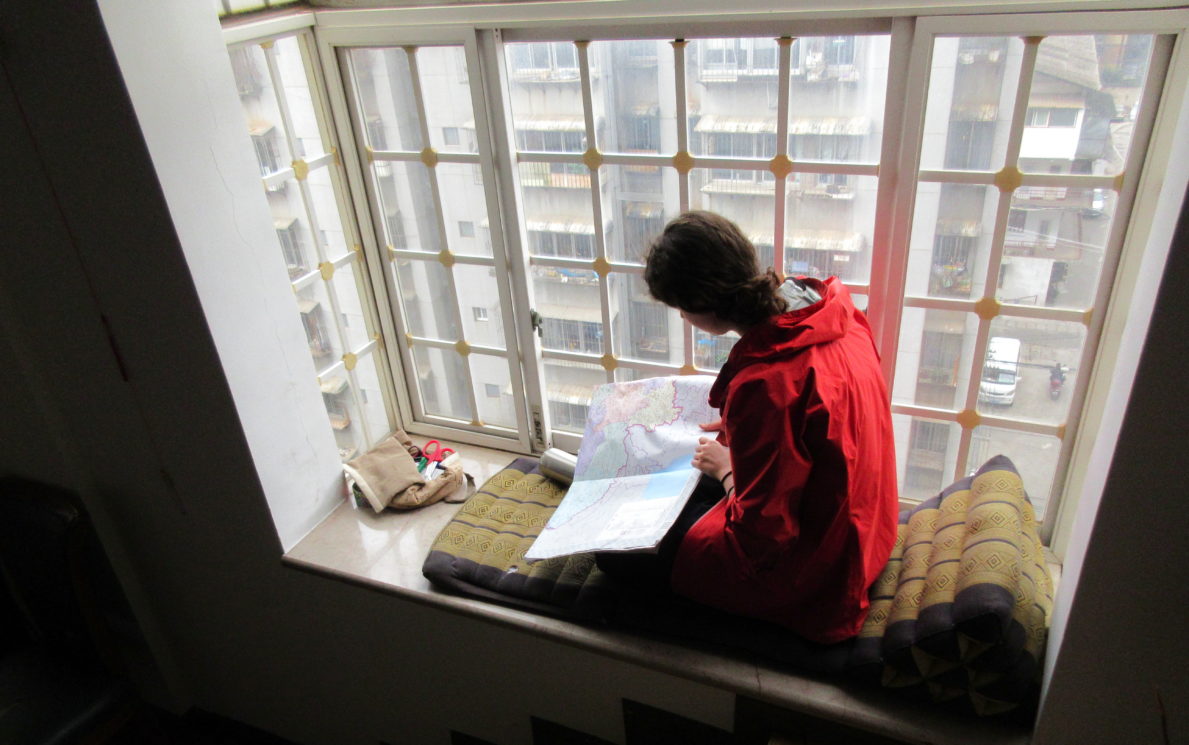
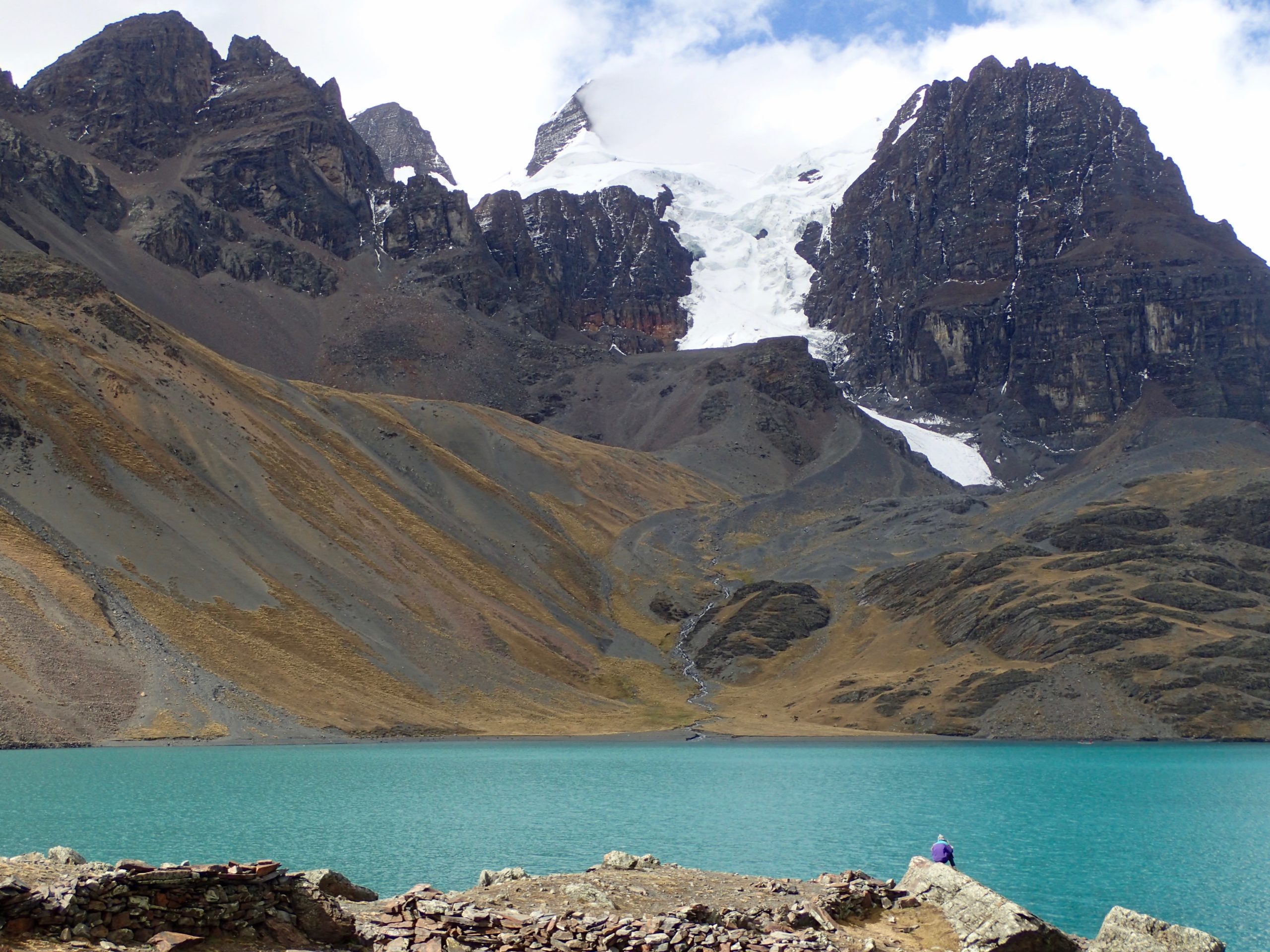
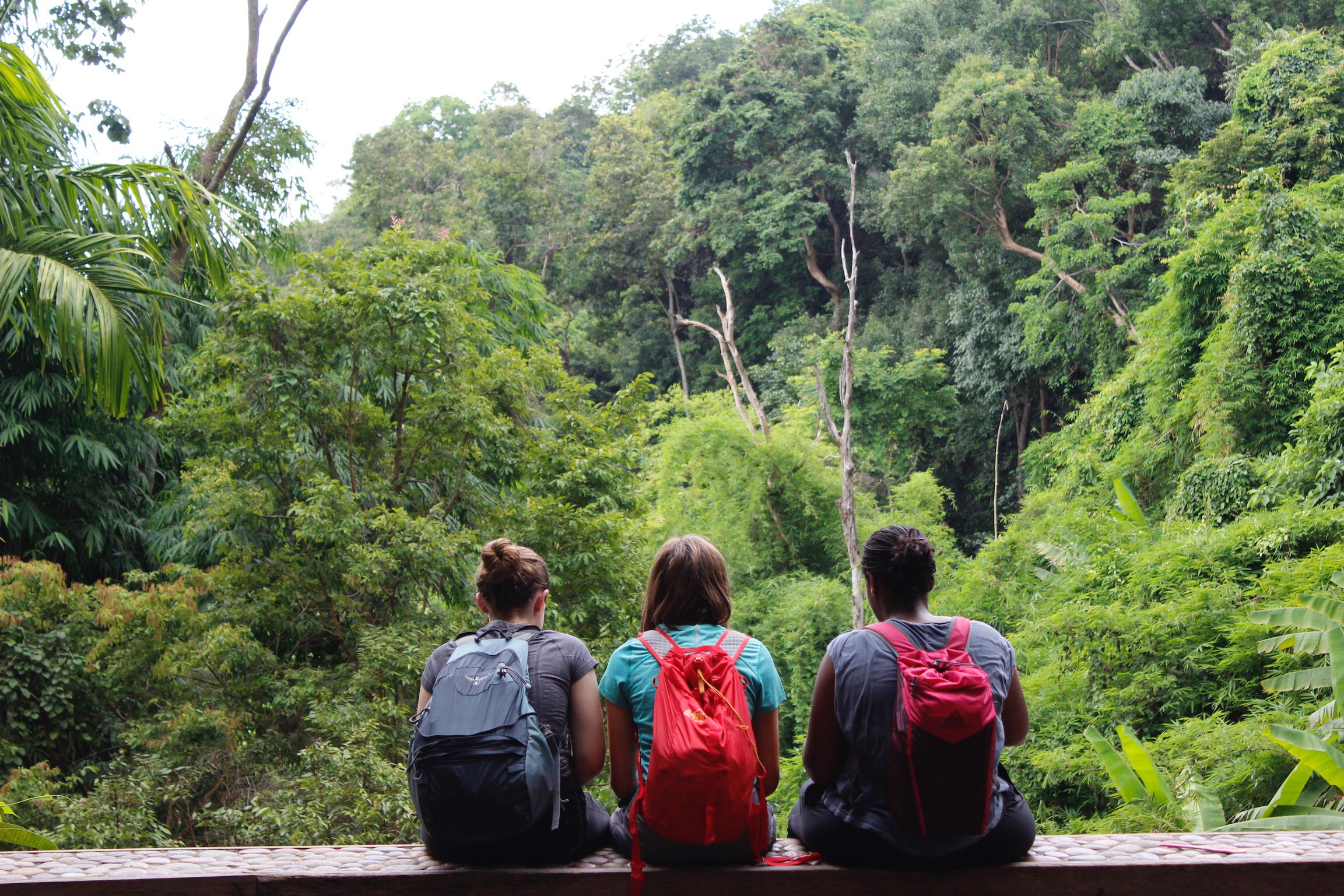
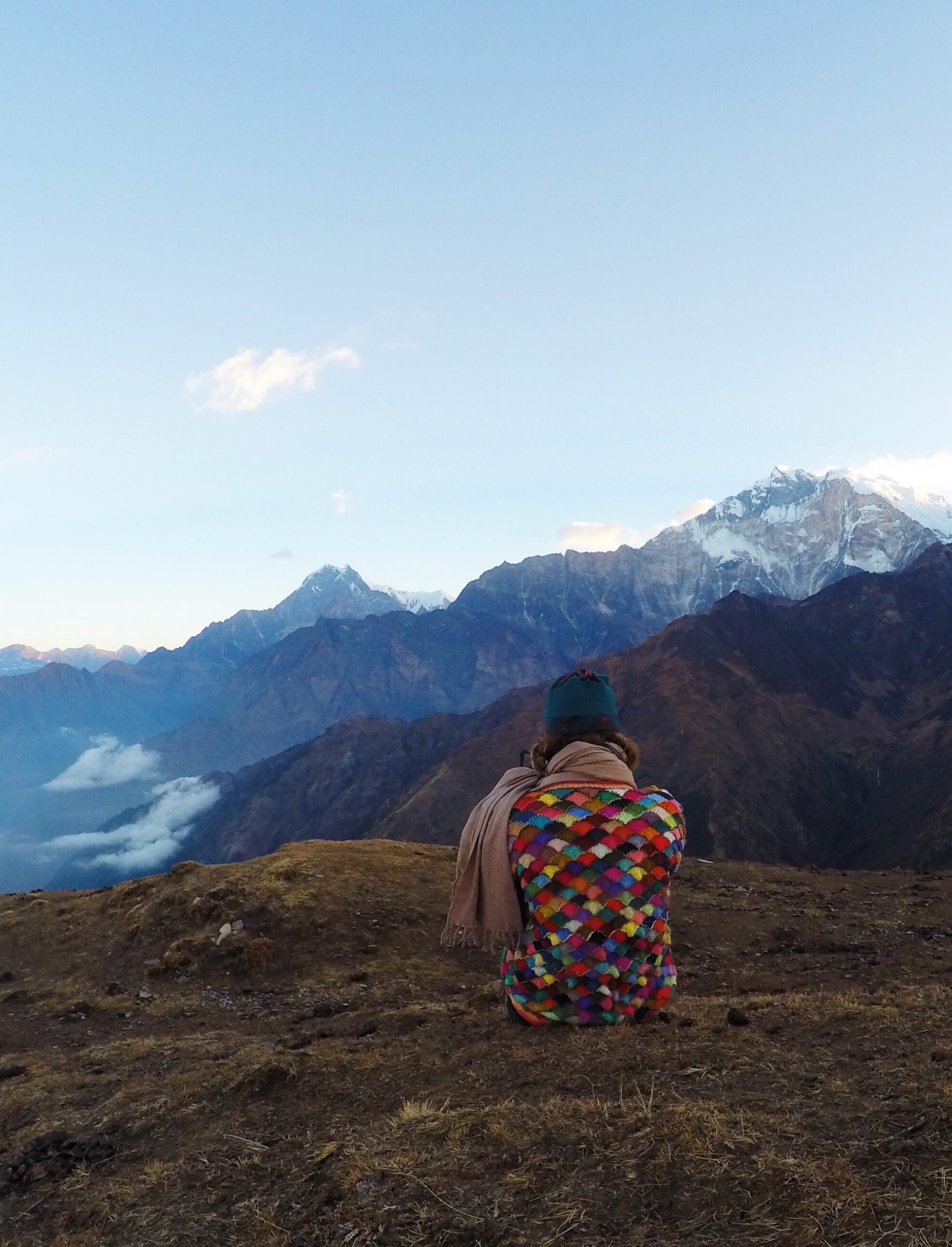
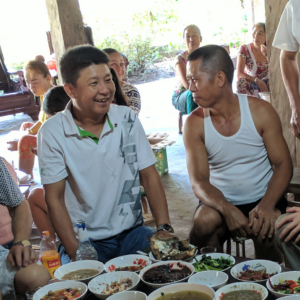
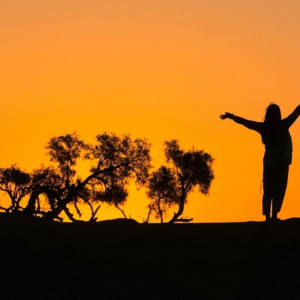
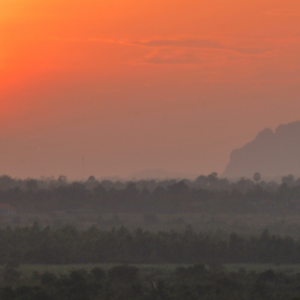
Thanks for this Simon. So many of us are trying to maintain the old parameters while not recognizing that the boundaries have changed. I especially loved your analogy of stopping the car and spreading the map out on the hood. I wonder how many recognize that image! Be well. Love you
HI Simon,
Naomi from Carleton here. What a beautiful post. Indeed, slowing down, taking stock, breaking things into chunks before putting them back together is the opportunity we have here on so many levels. Thanks for encouraging us to reflect–something we do not need any fossil fuels to do, yet is is a critical part of the experiential learning cycle.
Thanks for this essay – I too very much appreciated the spacious clearing and map on the hood imagery, and the strong desire to connect to sources of ‘numinous wisdom’ – especially amidst such uncertainty and while this storm continues to rage. Appreciate reading your thoughts here, my friend!